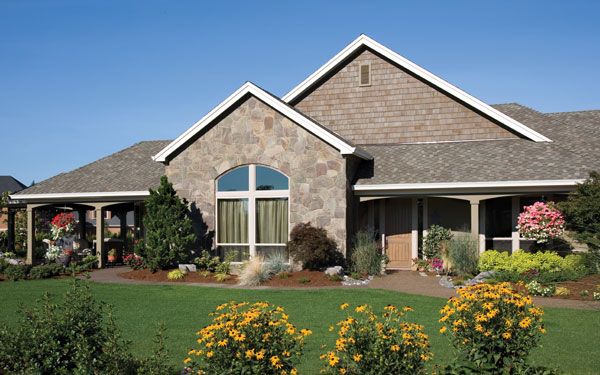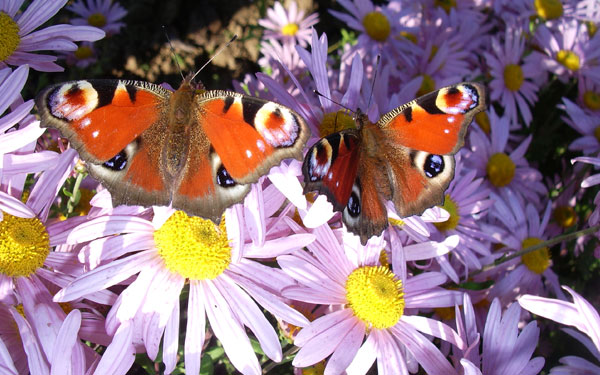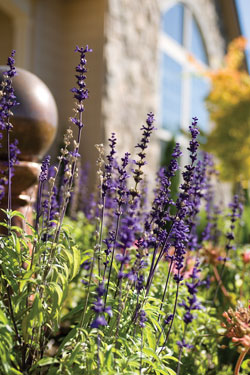 by Jennifer Jones
by Jennifer Jones

View This House Plan
View Other Country House Plans
Butterfly gardening is becoming more popular all the time. It is perfect for enjoying beautiful groups of colorful flowers that will also attract these spectacular insects. A good start to creating your garden is to research which kinds of butterflies are native to your area and the plants they like. There are dozens of species of butterflies that can be attracted to your own backyard.

View This House Plans
View Other Country House Plans
The next step is to plan out the area where the butterfly garden will grow. Butterflies love the sun. They have no internal way to increase their body temperature, so they rely on the warmth of the sun to get them going. Most nectar plants require full sun, so try to locate your garden where it will get plenty of sun while also being easily seen by your interior spaces so you can enjoy the butterflies.

There are two types of plants that you will want to consider when planning a true butterfly garden. Nectar plants are the plants that butterflies like to feed on. Many popular nectar plants, including Milkweed, Aster, Zinnia, Thistle and Mint, are carefree and easy to grow. Butterfly Bushes are tough, beautiful plants that may require pruning, but some gardeners avoid them because of the weed-like appearance.

Other plants that will ensure more butterflies around your garden are host plants. These are plants that butterflies lay their eggs on and their caterpillars like to eat. Tiny caterpillars cannot travel far, so the female butterfly locates and lays her eggs on only the type of plant that the caterpillar can use as food. Many native trees and other plants found in and around our yards are host plants for caterpillars. Common host plants include Alfalfa, Clovers, Willow, Dill and various types of grasses and trees. Placing the host plants near the middle or back of your garden will help hide the unsightly plants as they are being eaten. However, butterflies like to lay their eggs near nectar plants, so be sure not to place the host plants too far away.

View This House Plan
View Other Luxury House Plans
Including a variety of plants that bloom at varying times throughout the season will ensure a steady stream of color and butterfly visitors to your garden. Flowers blooming in abundance and over relatively large areas lend an added dimension of butterfly-attraction to the garden. Planting the flowers in bunches help the butterflies see them from a distance.

In addition, you will want to start the blooming season of your garden as early into the spring and as late into the fall as possible. A good plan is to plant a good mixture of annuals, which tend to bloom throughout summer, and perennials, which bloom over limited periods but come back every year.
Butterflies also need shelter from the wind and predators. This is easily provided with a row of shrubs or trees, a fence or wall. However, the sheltering device needs to be positioned so that while it blocks much of the wind, it does not screen out too much of the day’s sunlight.
Few butterfly species take advantage of what most other creatures would view as water sources. However, several species will be quick to take advantage of moisture and damp areas. Males of several species congregate at small rain pools, forming puddle clubs. Permanent puddles are very easy to make by burying a bucket to the rim, filling it with gravel or sand, and then pouring in liquids such as stale beer, sweet drinks or water.

A butterfly garden is an easy way to see more butterflies and help them maintain a habitat in your area, since many natural butterfly habitats have been lost to human activities like building homes, roads and farms. With a little bit of research and planning, you can create a beautiful garden perfect for beautiful butterflies of all shapes and sizes.
Here are some related articles:
Save this article to:
back to top